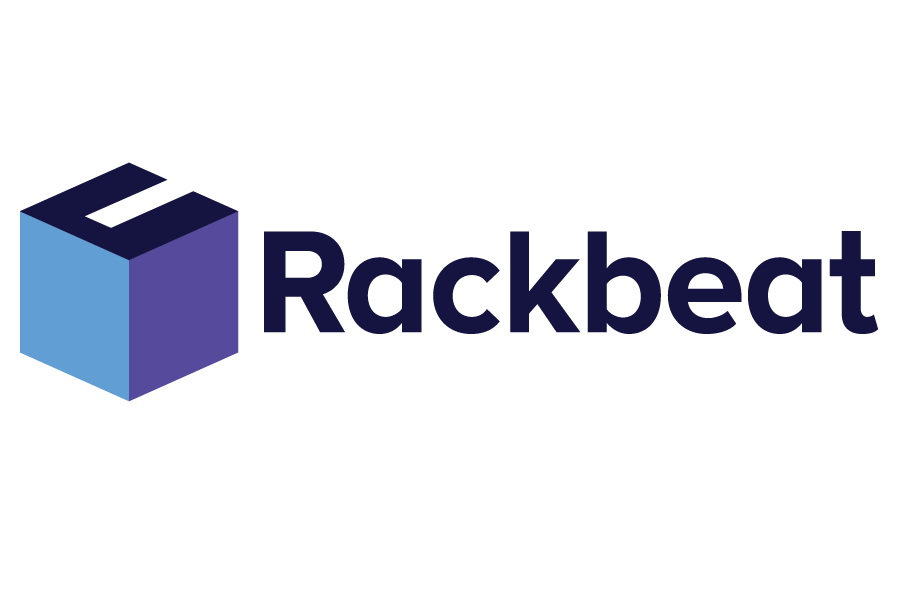Eco-Friendly Packaging
Eco-friendly packaging refers to packaging designed with minimal negative impact on the environment – during production, use, and disposal. This typically means that the materials are recyclable, compostable, biodegradable, or made from recycled resources. Eco-friendly packaging is therefore an alternative to traditional packaging solutions, which often consist of plastic and other non-biodegradable materials. The purpose of eco-friendly packaging is to reduce waste, lower CO₂ emissions, and protect natural resources - without compromising the functionality of the packaging.
Rackbeat October 3, 2025
Examples of Eco-Friendly Packaging:
Cardboard boxes made from recycled paper – reduce the need for new paper pulp and save both water and energy during production.
Packaging made from cornstarch or sugarcane – biodegradable alternatives to traditional plastic.
Biodegradable plastic (e.g., PLA) – decomposes under the right conditions and leaves no harmful residues.
Reusable or refillable containers – e.g., plastic boxes or glass jars that can be used again and again instead of single-use packaging.
FSC-certified paper and cardboard – ensures that the material comes from responsibly managed forests.
Paper fill or air cushions made from recycled materials – protect products during shipping without compromising sustainability.
Wrapping made from textiles or recycled materials – e.g., cotton bags or leftover production fabrics that can be reused by the end customer.
Water-based ink and eco-friendly printing colors – used for branding and labeling without placing unnecessary strain on the environment
Why Is Eco-Friendly Packaging Important in Warehouse Management and Logistics?
As sustainability and the green transition gain more focus, eco-friendly packaging has become an important part of many companies’ supply chain. Inventory management and logistics play a key role here, as they are responsible for handling, packing, and shipping goods – and therefore also for the choice of packaging.
By integrating eco-friendly packaging into order management, businesses can ensure that products are packed correctly and with minimal material waste, which saves money while protecting the environment. Efficient purchasing management also makes it possible to plan the restocking of sustainable packaging materials in the right quantities, avoiding overconsumption and wasted warehouse space.
How does eco-friendly packaging impact a company’s bottom line and brand image?
Eco-friendly packaging isn’t just about helping the planet – it can also have a direct effect on a company’s finances and reputation. By choosing greener packaging solutions, businesses can:
Optimize costs by minimizing material waste and reducing overpackaging.
Improve customer satisfaction, as many consumers prefer sustainable products and shipping solutions.
Strengthen brand credibility and signal responsibility to customers, partners, and investors.
Comply with regulations, as authorities across the EU increasingly focus on sustainable packaging standards.
Especially when eco-friendly packaging is intelligently integrated into warehouse management, order management and purchasing management, it creates the foundation for both environmental and economic sustainability.



